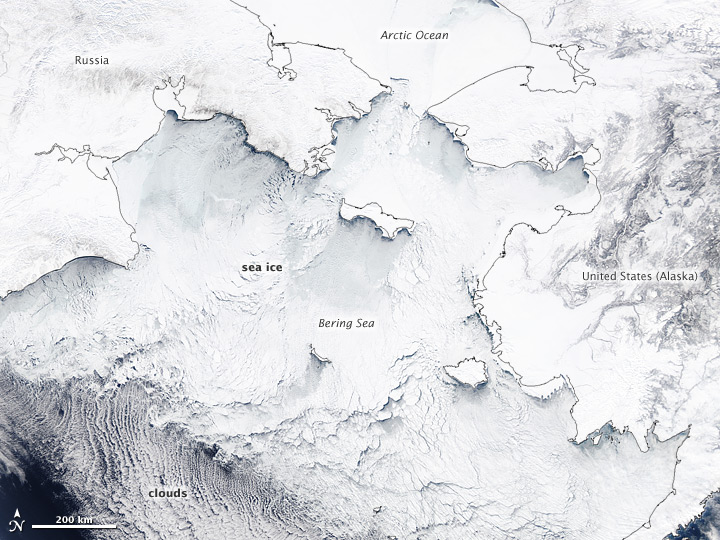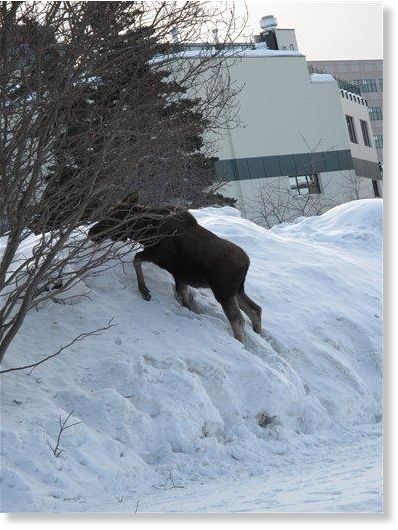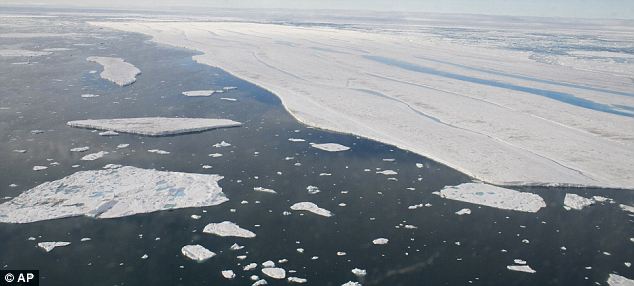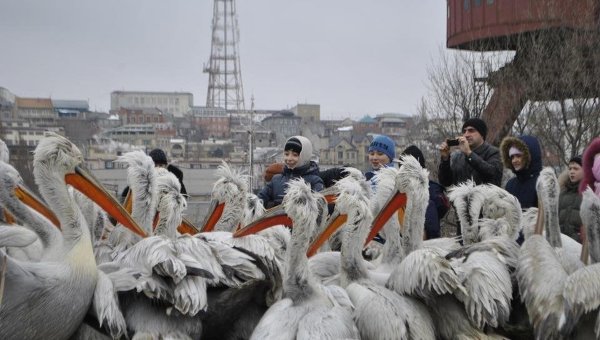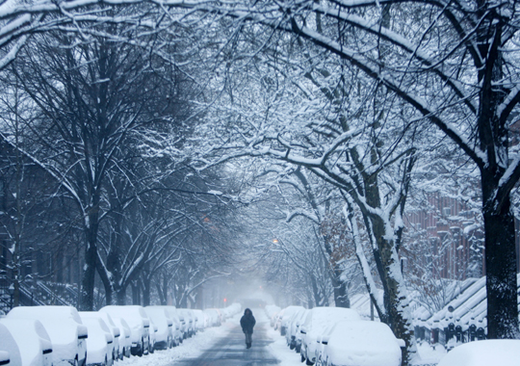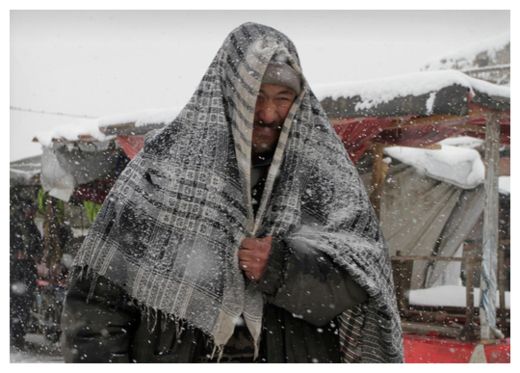
The genetic traces of long-forgotten migrations from Africa to Europe live on in Europeans today.
A third of the genetic traces of sub-Saharan lineages in today's Europe come from prehistory.
Researchers think that Europeans 'pushed south' by glaciers might have met with populations from sub-Saharan Africa.
People moved between the continents as early as 11,000 years ago.
Geneticists used mitochondrial DNA to look for the traces of ancient migrations.
Mitochondrial DNA is passed directly from mother to child with no DNA from the father - and tiny changes in the sequence come to 'characterise' different populations, which can be used to trace movements and migrations of groups of humans in the past.
Large numbers of people moved between Africa and Europe during recent and well-documented time periods such as the Roman Empire, the Arab conquest, and the slave trade - but the researchers found that a third of sub-Saharan lineages came from before these movements.
'It was very surprising to find that more than 35 percent of the sub-Saharan lineages in Europe arrived during a period that ranged from more than 11,000 years ago to the Roman Empire times,' said Dr. Antonio Salas of the University of Santiago de Compostela and senior author of the study.
